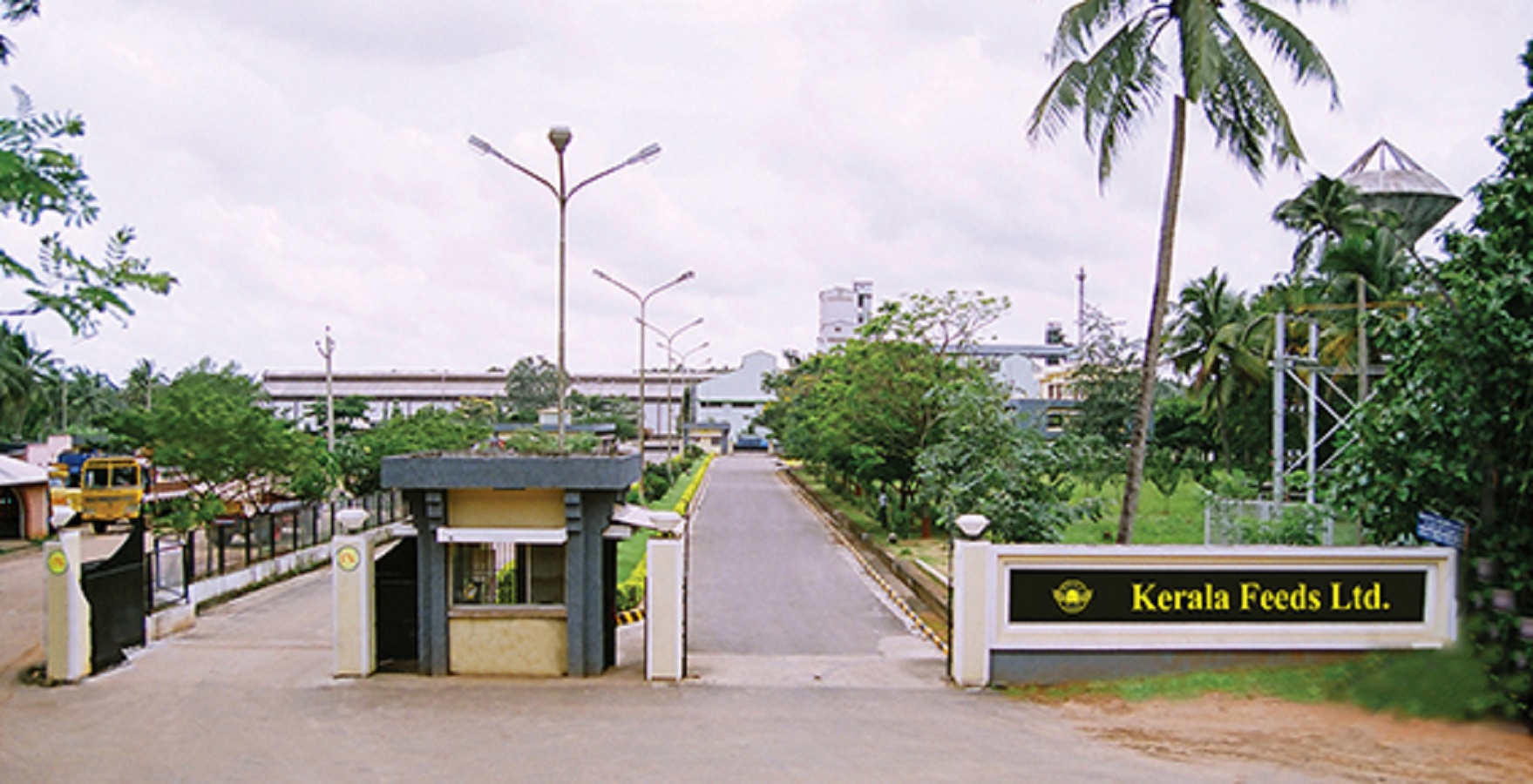There has been serious concern by different national and international organizations over misuse or abuse of drugs, chemicals and antibiotics, which often lead to development of Antimicrobial Resistance (AMR) and aquaculture has drawn the attention.
The present survey was carried out to understand prevalence of different fish and shrimp disease in different culture conditions as adopted by different farmers and use of various commercially available aqua-medicines, drugs and chemicals in aquaculture activities in the selected zones of four aquaculture dominant states of India viz., Andhra Pradesh, Odisha, Jharkhand and Chhattisgarh. Information on a total of 406 aqua-drugs, chemicals, antibiotics and microbial formulations were collected with maximum of 242 from Andhra Pradesh, 118 from Odisha, 36 from Jharkhand and 30 from Chhattisgarh.
These drugs belonged to six main categories like water quality management products (Sanitizers), anti-parasitic drugs, Antiseptics and disinfectants, Antibiotics, Microbial bioremediation products and Feed supplements and growth promoters. These products were used mainly in shrimp culture and to a lesser extent in fish culture.
Highest proportion of products used in aquaculture was chemicals for water quality treatment followed by antiseptics and disinfectants, Microbial water remediation products and Anti-parasitic drugs. Only 4-8 antibiotics commercial brands were available in the market for use in aquaculture. Local consultants played a major role in supplying these aquaculture medicines, drugs and chemicals to the farms on an agreement basis and some farmers even not had sufficient knowledge about the products they use in their farms, their method of application and impact.
Significantly, some farmers in Andhra Pradesh and Odisha have developed and used innovative method of organic aquaculture, without addition of any chemicals, drugs or chemical fertilizers with successful harvest, while some farmers in Jharkhand and Chhattisgarh have adopted modified semi-intensive method of culture without much requirement of drugs and chemicals in fish culture.
While drug use in aquaculture has decreased in recent years, there are some anthropogenic activities which have led to release of large quantities of drugs, chemicals, pesticides and antibiotics into aquatic system, mainly through human wastes and agricultural runoff, thereby impacting aquatic lives. It is hoped that early implementation of “National aquaculture Policy” would help in a long way to control such menace and support sustainable development of aquaculture sector in India.




